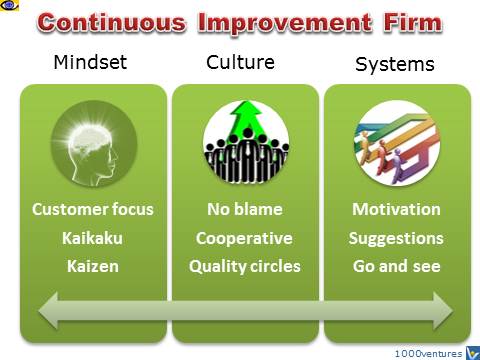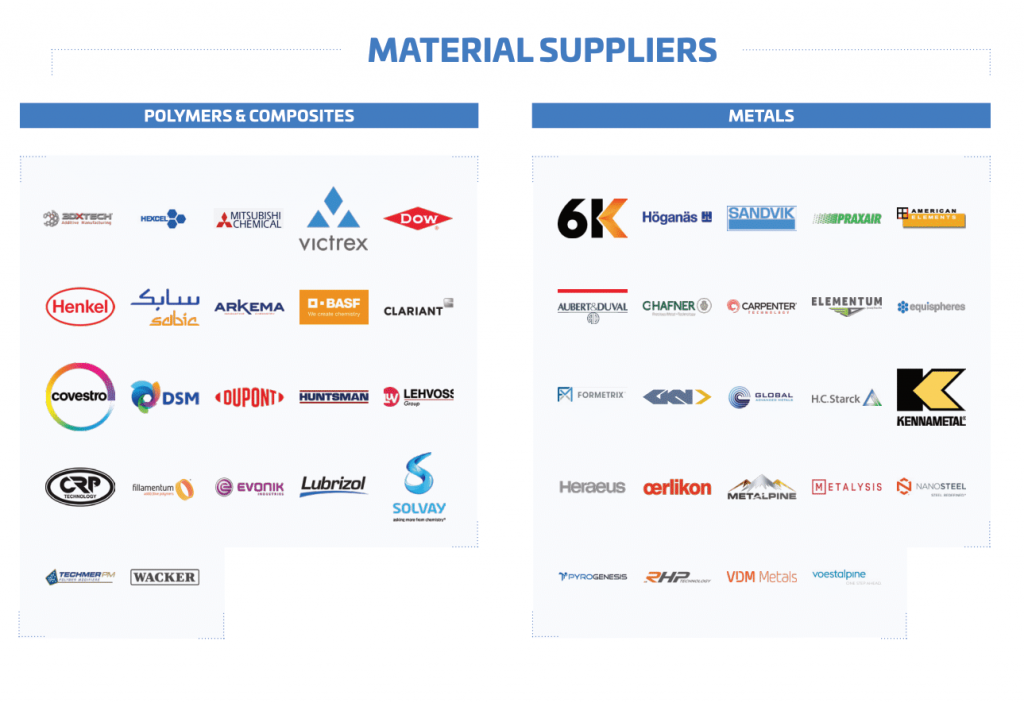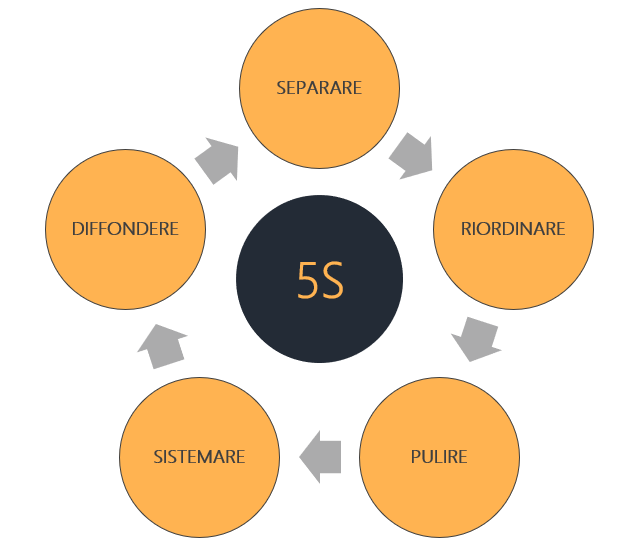
Supply chain risk management, regardless of how small or large your business is, is vital to maintaining a strong operation. There are many possible risks, from the small to the large. Protect your company from loss with a well-planned plan.
One of the most important aspects of a supply chain continuity plan is data sharing. If your organization relies on a single supplier, you are prone to vendor failures and supplier dispute. If your company is part a multi-supplier consortium you are more likely not to experience supply disruptions. You may also be able to negotiate an alternative supplier.
You are also at higher risk for vendor fraud, duplicate billing, or improper related-party billing if you have a large network of contractors. A risk assessment methodology can be used to mitigate these risks. It can include a complete assessment of your suppliers and partners as well as other tier one components.

Before you can develop a supply-chain risk management program, it is essential to identify the most important elements of a supply network. Then quantify and measure them and then design an action plan. It should include all of the above and a few other items. A proactive monitoring system is crucial. That is, a system that gives your executives real-time, accurate information on supply chain risk. You can make better decisions and react quickly by monitoring supply risk in real-time.
While you are assessing your risks and quantifying them, it is crucial to keep in view that your supply chain's ability to withstand disruption is a function if governance. Particularly, you must consider the role and responsibilities of stakeholders. One example is the supplier bankruptcy in the pharmaceutical sector that could have been prevented if the company had properly managed its suppliers.
Having a well-conceived plan is the most basic step in the process of mitigating a supply chain crisis. But it can be difficult to put together the right contingency plans. Many businesses neglect to make the effort to have enough contingency planning for every risk they face. These plans should begin with the most significant potential impact.
The PPPR or preventive, preparedness, response, and recovery methodology is a worldwide standard for supply chain risk management. This robust approach can help you monitor and respond to supply-chain disruptions. It is often combined with other strategies to protect your company from risk. Using a PPPR for guidance can make all the difference in whether your company survives or thrives in today's competitive market.

Get the right data from suppliers to understand their history, and what they can offer. This can assist you in making informed decisions whether you want to expand your sourcing efforts, or just improve your current processes. You can give your insurers the right premiums by using reliable data.
FAQ
How can I find out more about manufacturing?
Experience is the best way for you to learn about manufacturing. You can also read educational videos or take classes if this isn't possible.
Can some manufacturing processes be automated?
Yes! Yes. The Egyptians created the wheel thousands years ago. Today, robots assist in the assembly of lines.
Robotics is used in many manufacturing processes today. These include:
-
Line robots
-
Robot welding
-
Robot painting
-
Robotics inspection
-
Robots that make products
There are many other examples of how manufacturing could benefit from automation. 3D printing, for example, allows us to create custom products without waiting for them to be made.
What are the 4 types of manufacturing?
Manufacturing is the process that transforms raw materials into useful products. It can involve many activities like designing, manufacturing, testing packaging, shipping, selling and servicing.
Statistics
- In the United States, for example, manufacturing makes up 15% of the economic output. (twi-global.com)
- [54][55] These are the top 50 countries by the total value of manufacturing output in US dollars for its noted year according to World Bank.[56] (en.wikipedia.org)
- (2:04) MTO is a production technique wherein products are customized according to customer specifications, and production only starts after an order is received. (oracle.com)
- You can multiply the result by 100 to get the total percent of monthly overhead. (investopedia.com)
- According to the United Nations Industrial Development Organization (UNIDO), China is the top manufacturer worldwide by 2019 output, producing 28.7% of the total global manufacturing output, followed by the United States, Japan, Germany, and India.[52][53] (en.wikipedia.org)
External Links
How To
How to Use the Just-In-Time Method in Production
Just-in time (JIT), is a process that reduces costs and increases efficiency in business operations. It's a way to ensure that you get the right resources at just the right time. This means that only what you use is charged to your account. The term was first coined by Frederick Taylor, who developed his theory while working as a foreman in the early 1900s. He noticed that workers were often paid overtime when they had to work late. He then concluded that if he could ensure that workers had enough time to do their job before starting to work, this would improve productivity.
The idea behind JIT is that you should plan ahead and have everything ready so you don't waste money. Look at your entire project, from start to end. Make sure you have enough resources in place to deal with any unexpected problems. If you anticipate that there might be problems, you'll have enough people and equipment to fix them. This way you won't be spending more on things that aren’t really needed.
There are different types of JIT methods:
-
Demand-driven: This JIT is where you place regular orders for the parts/materials that are needed for your project. This will let you track the amount of material left over after you've used it. This will allow you to calculate how long it will take to make more.
-
Inventory-based: You stock materials in advance to make your projects easier. This allows for you to anticipate how much you can sell.
-
Project-driven: This approach involves setting aside sufficient funds to cover your project's costs. When you know how much you need, you'll purchase the appropriate amount of materials.
-
Resource-based: This is the most common form of JIT. Here you can allocate certain resources based purely on demand. For instance, if you have a lot of orders coming in, you'll assign more people to handle them. If you don’t have many orders you will assign less people to the work.
-
Cost-based: This approach is very similar to resource-based. However, you don't just care about the number of people you have; you also need to consider how much each person will cost.
-
Price-based: This is similar to cost-based but instead of looking at individual workers' salaries, you look at the total company price.
-
Material-based: This approach is similar to cost-based. However, instead of looking at the total cost for the company, you look at how much you spend on average on raw materials.
-
Time-based: This is another variation of resource-based JIT. Instead of focusing on the cost of each employee, you will focus on the time it takes to complete a project.
-
Quality-based JIT: Another variation on resource-based JIT. Instead of looking at the labor costs and time it takes to make a product, think about its quality.
-
Value-based JIT is the newest form of JIT. In this scenario, you're not concerned about how products perform or whether customers expect them to meet their expectations. Instead, you are focused on adding value to the marketplace.
-
Stock-based. This method is inventory-based and focuses only on the actual production at any given point. This method is useful when you want to increase production while decreasing inventory.
-
Just-intime planning (JIT), is a combination JIT/sales chain management. It is the process that schedules the delivery of components within a short time of their order. It reduces lead times and improves throughput.